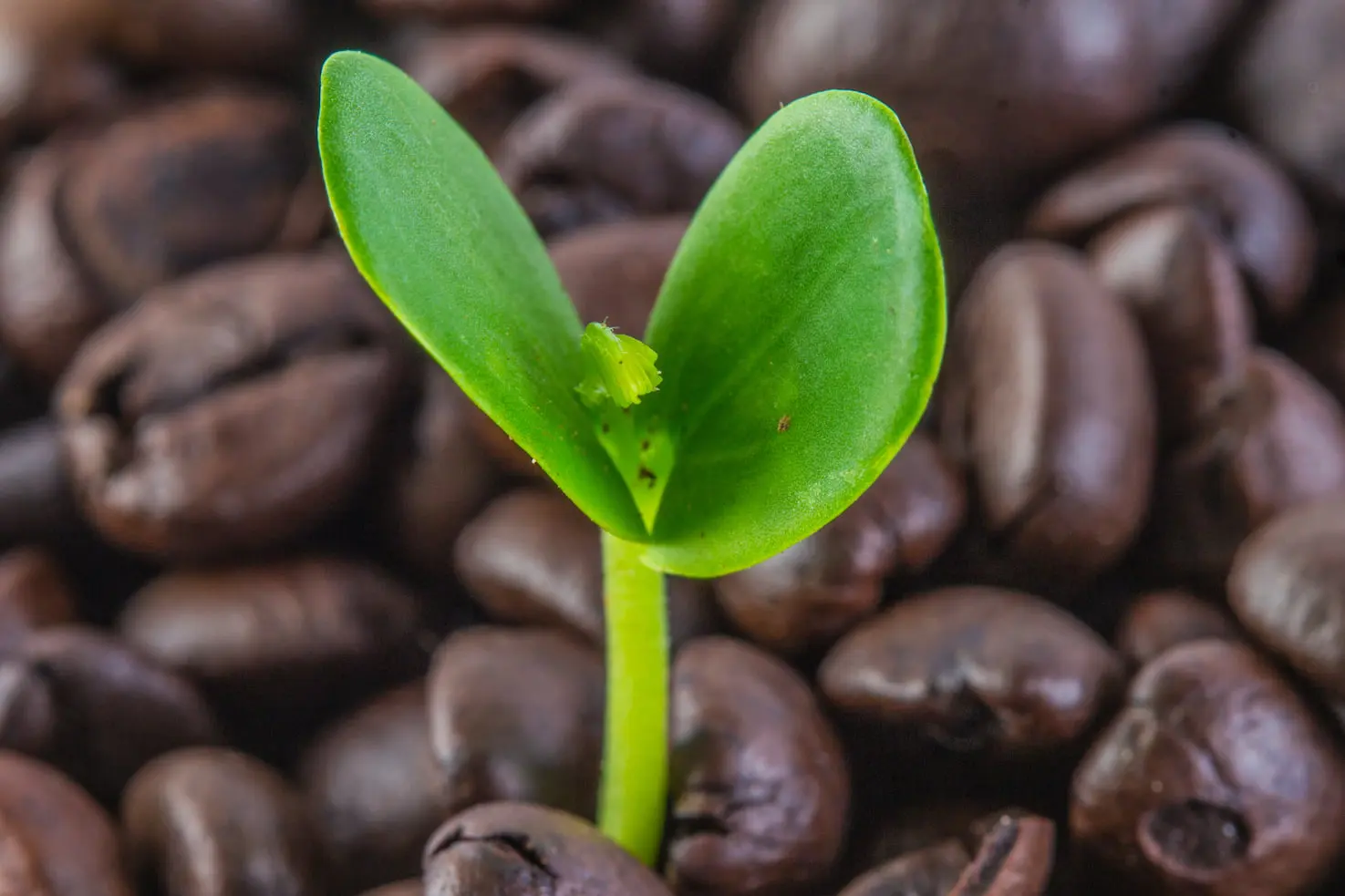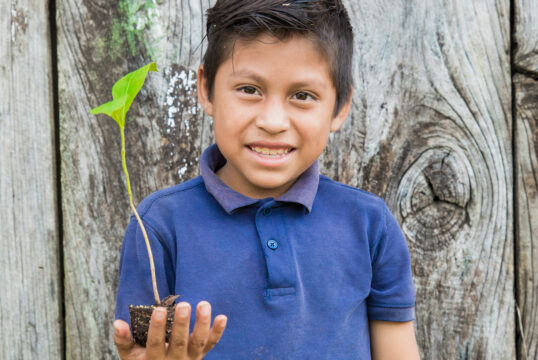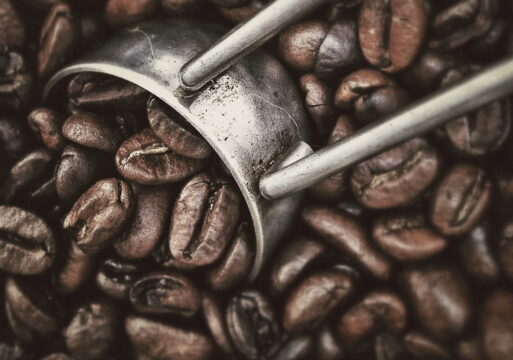- You have no items in your shopping cart
- Continue Shopping

Not only is composting Coffee Grounds a great way to reduce landfill waste but also makes for a great soil improver in your garden. You will find that it can give your garden as much of a pick me up as it does for you.
An estimated 75,000 tonnes of spent coffee ground waste is produced in Australia annually and with coffee consumption rates increasing at a rate of 4.3% per year, the volume of waste is also set to increase. The majority of this waste goes directly to landfill where it significantly contributes to climate change through the production of methane – a greenhouse gas which is 34 times more potent than carbon dioxide.
Using these spent coffee grounds as a soil improver, provides an attractive and sustainable solution to this growing waste problem.
Adding used coffee grounds to your compost has been found to:
-
- Improve soil structure (drainage, water retention and aeration),
- Improve fertility of the soil,
- Provide a source of nitrogen,
- Provide great water retentive qualities,
- Help microorganisms beneficial to plant growth thrive,
- Attract earthworms,
- Help to sustain high temperatures – which in turn kills dangerous pathogens and seeds from weeds and vegetables.
Getting the balance right
But before you get carried away with adding coffee grounds to your compost, it’s important to be aware of how this addition will change the pH balance of your compost and what you can do to maintain a happy balance for your worm and plant friends.
Creating a perfect compost will depend on maintaining a good balance of carbon-containing ingredients (brown materials) and nitrogen containing ingredients (green materials). Used coffee grounds are relatively rich in nitrogen, providing bacteria the energy they need to turn organic matter into compost.
Wait, what? But you just said that used coffee grounds are rich in nitrogen…the last I checked they’re brown! That’s right, used coffee grounds are the exception to the rule – they are rich in nitrogen (green materials). Despite their colour, for the purposes of composting they’re a green, or nitrogen-rich organic material.
-
- Nitrogens (greens) – used coffee grounds, lawn clippings, garden prunings, kitchen scraps, egg shells.
- Carbons (browns) – autumn leaves, pea-straw, moistened cardboard, shredded newspaper.
However, these materials on their own won’t maintain a healthy compost environment. You will also need to turn your compost regularly and monitor your compost moisture levels.
If you have the space, it helps to have several composts going at once, as they will take approximately 6 months before the organic matter is ready to add to your garden beds. By maintaining several beds, you will be able to continually add your waste to newer compost beds, allowing the older beds the time and space they need to break down, providing a continual source of ready to use compost for every season.
What else can I do with my used coffee grounds?
While a home compost isn’t available to everyone, there are several other environmentally friendly alternatives to dispose of your used coffee grounds, at least one of which will be available to you.
Alternatively, your coffee addiction *cough cough* and resultant wastage may be too high to solely use on your compost.
Here are some of our alternative suggestions for its use and safe disposal:
Add used grounds to your council green waste bins
Food waste makes up around 35% of some council landfill. In a bid to reduce this waste, councils have started handing out kitchen compost bins to collect nutrient rich scraps ready to add to council green waste bins. This in turn is used by farmers to grow healthy crops. Make sure you check you with your local council before adding your scraps!
Look for local collection services or community gardens
Companies such as Reground in Melbourne collect and use coffee grounds from cafes, roasters and offices around Melbourne and deliver them free of charge to willing gardeners and community gardens.
Sign up your office for a program such as this, or start your own delivery of used coffee grounds to your local community garden.
Make an insect and pest repellant
-
- Most bugs have a very strong sense of smell and coffee grounds have been found to keep slugs and snails away from plants. Some even think that cats will stop using your garden bed as a litter box if there are coffee grounds found on the soil. Try sprinkling a very light amount of used coffee grounds around your plants vulnerable to slug damage. (NOTE: too much coffee grounds may stunt the growth of your plants, so use it sparingly).
- Insect repellent: Burn dry coffee grounds in a bowl or on a flat surface (such as a piece of aluminium foil) for mosquito, wasp and bee pest control. It’s entirely natural and much safer than any commercial product. Coffee grounds have a stronger smell when they’re burned. Insects also associate smoke with danger, so may signal them to find shelter elsewhere.
Add them to a worm bin
If you do vermicomposting you can also add used coffee grounds as worm food. Yet, too much of a good thing always has the risk of throwing the conditions in your worm bin off kilter – including changes to temperature, acidity and moisture.
-
- Try pre-composting to help re-populate bacteria lost during brewing.
- Adding grounds in moderation and small quantities will help to avoid overheating the bin which can kill your worms.
- Adding some crushed egg shells will also help to neutralise the acidity of the worm bedding.
Use as a mulch to suppress weeds
Coffee grounds as a mulch can only be used in very specific circumstances, as fresh (un-composted) used coffee grounds applied directly to gardens are acidic and will significantly decrease plant growth and development:
-
- Use in areas of fallow earth to suppress weeds. This may include a dormant winter garden bed that won’t be used again until the spring and holds no risk of affecting plant growth. Make sure you mix the grounds with organic matter first to prevent the particles from locking together and forming a barrier that will resist water penetration.
- Alternatively, you could sprinkle it over the soil in small amounts and dig it through the soil rather than laying thick blankets. This will break down and act as a slow-release fertiliser.
NOTE: Do not put directly around plants or over seeds as it may inhibit germination and growth. If you are to use coffee grounds near plants, they need to be composted first or used very sparingly.
Grow your own mushrooms at home – they love coffee grounds!
Used coffee grounds have been found to be full of nutrients that certain mushrooms (ie. Oyster Mushrooms) love to feed on!
In addition to their nutrient value, the coffee brewing process already pasteurises the coffee, meaning that you can bypass this process and get straight into the inoculating.
Check out GrowVeg’s How-To on growing mushrooms from home with used coffee grounds.




